A sensuous, full-cup fragrance announces the arrival of your first cup of K’Ho coffee. Take a sip. You’ll find the flavour is generous but balanced, rich with rounded notes of caramel and almond. It’s nothing like the bold and bitter robusta usually served across Vietnam, the strongest cups of which can turn you euphoric to despairing within an hour. This coffee rolls smoothly across the tongue, flicks on tiny switches in the brain, and fills the nose with pleasure. 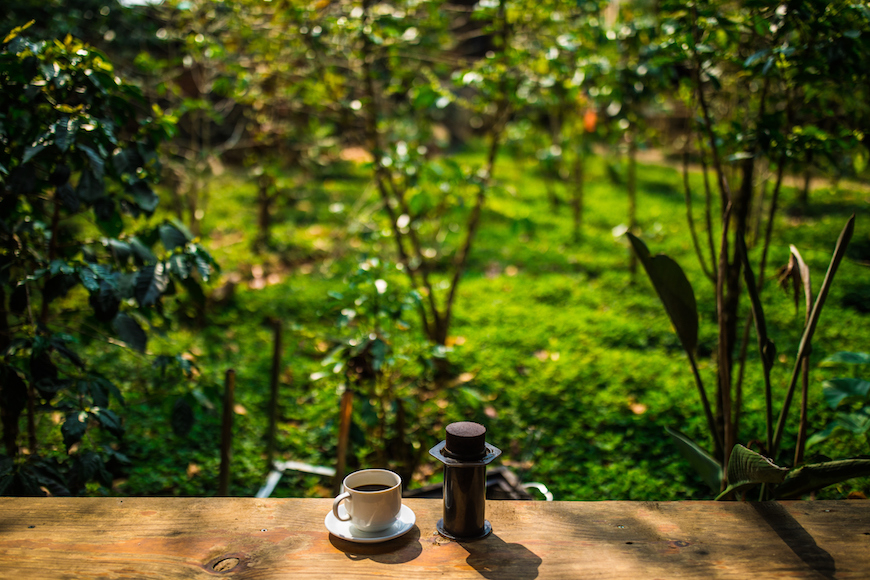
Welcome to the K’Ho Coffee Farm and Roastery, where outstanding coffee is an everyday thing. The farm owes its success to an enterprising family, and a trove of heirloom Arabica cultivated from seeds brought to Đà Lạt a century ago. The farm’s half-day workshops -- which follow traditional methods of processing from tree to cup -- are easily among the best coffee experiences in the country. Prepare to do a little work, drink a lot of coffee, and learn something entirely new.
Vietnam’s first coffee trees
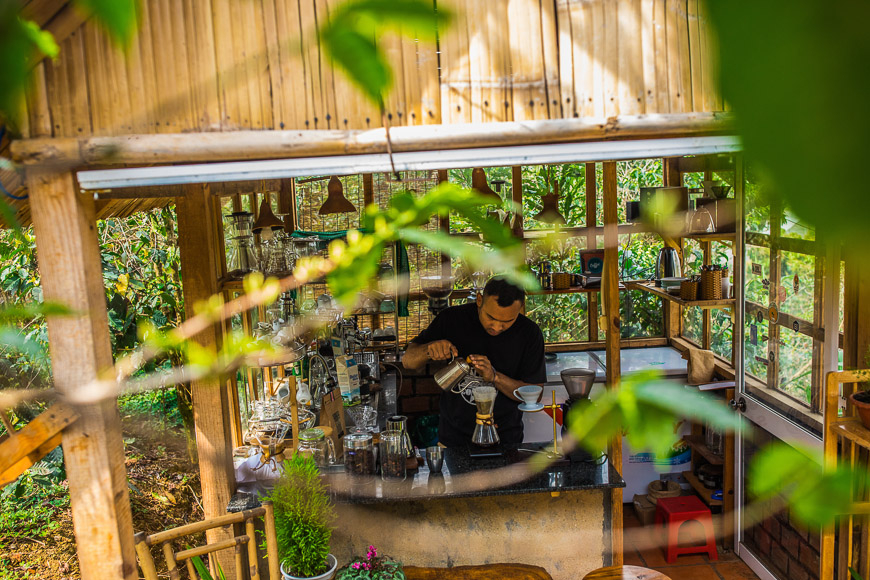
Nestled on the slopes of Langbiang Mountain, the garden cafe at K’Ho Coffee Farm is surrounded by rustling coffee trees. Deep in the soil, the roots share a history stretching back to the late 1800s. The French were the first to bring Arabica seeds to Vietnam from Africa. In 1912, the colonisers founded a resort town for themselves in Da Lat City, 10 kilometres away, and enlisted the ethnic K’Ho minority in the area to tend their coffee trees.
The K'Ho had essentially become Vietnam’s first coffee farmers.
The K’Ho (or Ko Ho) are a nomadic minority, one of Vietnam’s 54 ethnic groups. In the past, the K’Ho often built their hamlets in remote highland regions. K’Ho families live mainly off the land, and practice a rich culture of craft weaving, folklore and music. Maps show the K’Ho were cultivating the fertile soil around Langbiang Mountain before the arrival of the French. By the early 1900s, the K'Ho had essentially become Vietnam’s first coffee farmers.
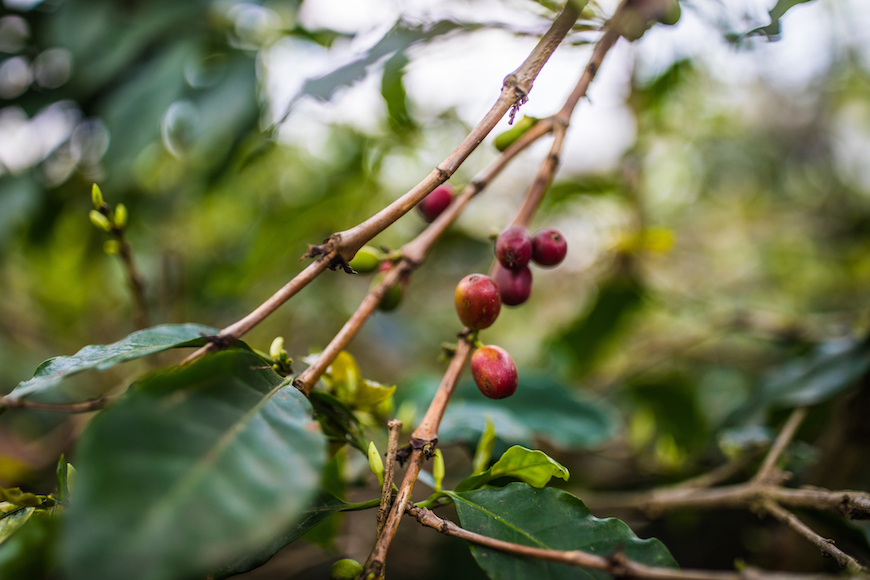
Somewhere in the 1940s, K’Ho farmer Brai Co Lieng got his hands on Arabica seeds from the French coffee trees, and sowed them in his family farm at the base of the mountain. The Co Lieng family maintained the crop, but it was only many years later that fourth-generation coffee farmer Rolan Co Lieng would find a way to grow it into a sustainable business. With the help of her family and husband, an agricultural engineer from the United States, in 2012 Rolan founded the K’Ho Coffee cooperative, which grows, roasts and sells coffee descended directly from the Old World coffee seeds.
Updating the family business
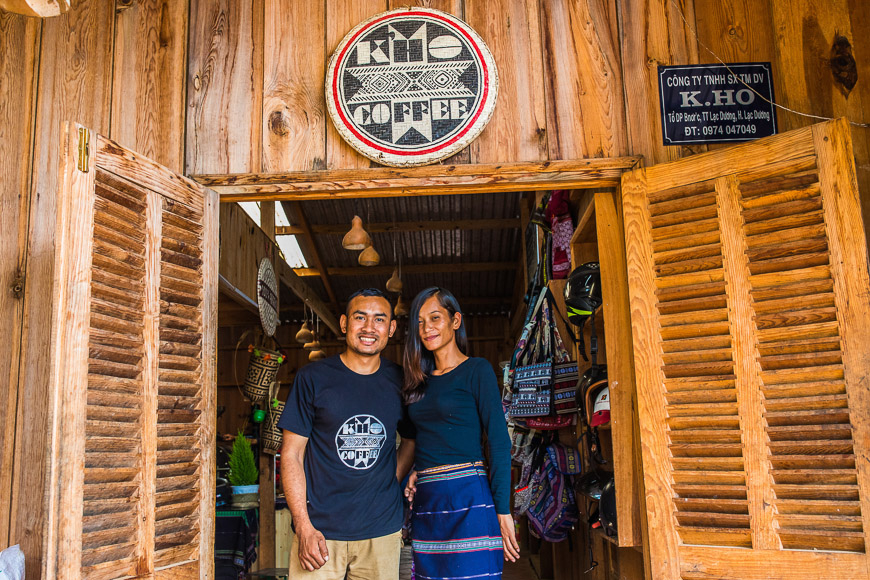
Arriving at the K’ho farm in Bonneur’C Village, the first thing you’ll notice is how rustic it feels. Coffee seeds dry on screens outside the gift shop. Inside, the shelves are strewn with ethnic textiles, colourful crafts, and bags of richly scented beans. A wooden hut in the garden serves espresso and pour-over coffee with a view of Langbiang’s mountain farms.
Rolan’s family, including her brother DuLick Moul, run the business out of their home. The co-op provides work for 50 ethnic K’Ho families. Together they grow, process, and sell extraordinary Arabica coffee using only organic farming practices. With roasting and selling done by K’Ho Coffee, farmers receive a better income than they would through a middle man, and commit to follow agroforestry techniques that protect the environment.
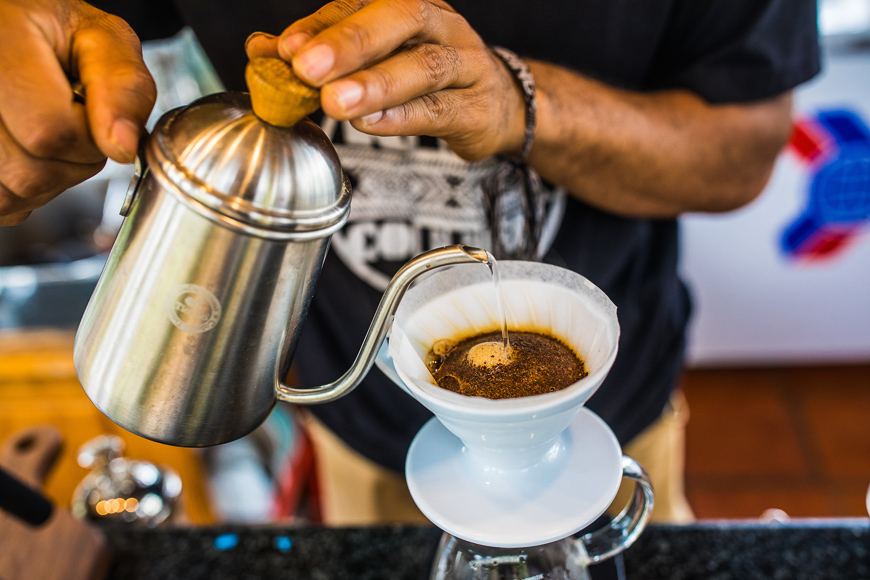
It’s a fresh way to run an age-old industry, and the proof is in the product. K’Ho coffee consistently ranks in the high specialty range (from 84 to 89) in cupping tests. To learn what’s involved in making a world-class cup of coffee, you only need to spend a morning at the village farm.
A hands-on approach
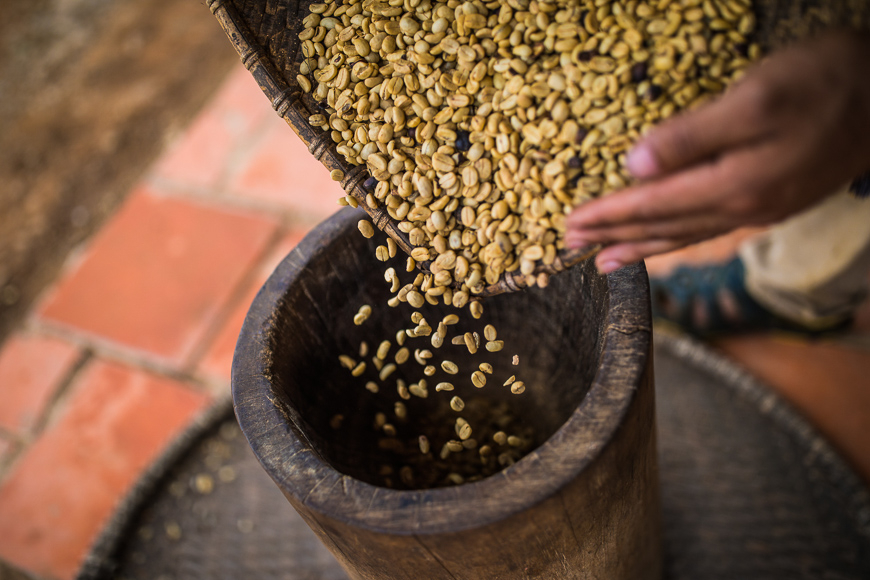
There are at least 15 steps to the creation of K’Ho coffee. After a quick introduction to the farm, take a walk between the coffee trees to see the berries up close, learn about the varieties of Arabica, and see agroforestry in action on K’Ho farms. Later, the guide will show you each stage in the process of coffee-making, employing the same methods the K’Ho have used for years.
The proof is in the product.
K’Ho Coffee uses three types of processes: washed, natural, and honey. The coffee is selected and harvested by hand, wet-milled on site, and after fermentation is left to dry for up to 20 days. When the time comes, hulling is done manually using a wooden mortar and pestle and the chaff separated by winnowing. Your biggest challenge may be sorting the seeds, which requires a sharp eye and careful hand. Only the best, unblemished seeds will make it to the gratifying steps of roasting, grinding and cupping.
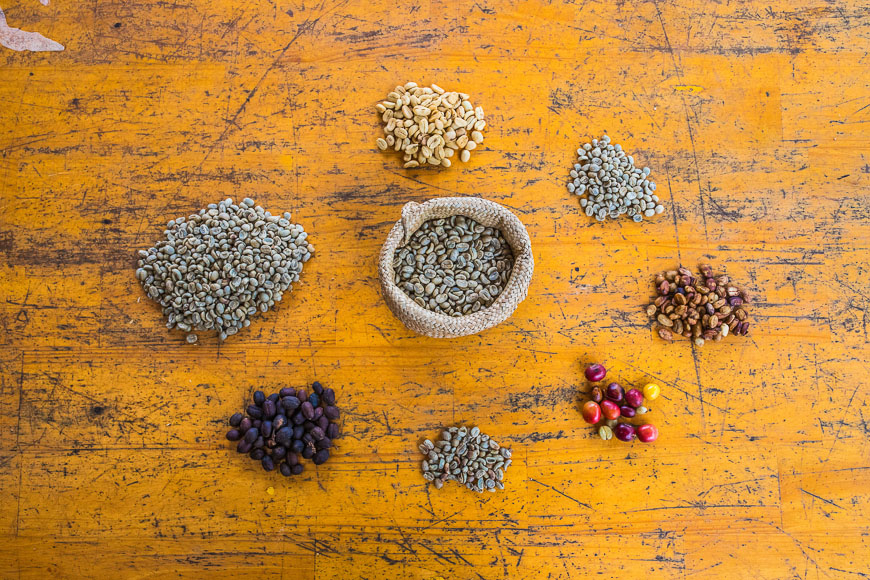
Throughout the workshop, the K’Ho guide offers small insights — a bite of a berry, an explanation of a term — that expand the appreciation of the work. The tour culminates in some very rewarding moments of brewing and tasting. Carry your cup to the garden cafe to savour your coffee in Dalat’s springtime sun. The fact that your coffee is sustainably grown, cleanly processed, and supporting local farmers is an enriching thought. Another thought: It’s delicious. You’ll probably want to grab a few bags before you go.
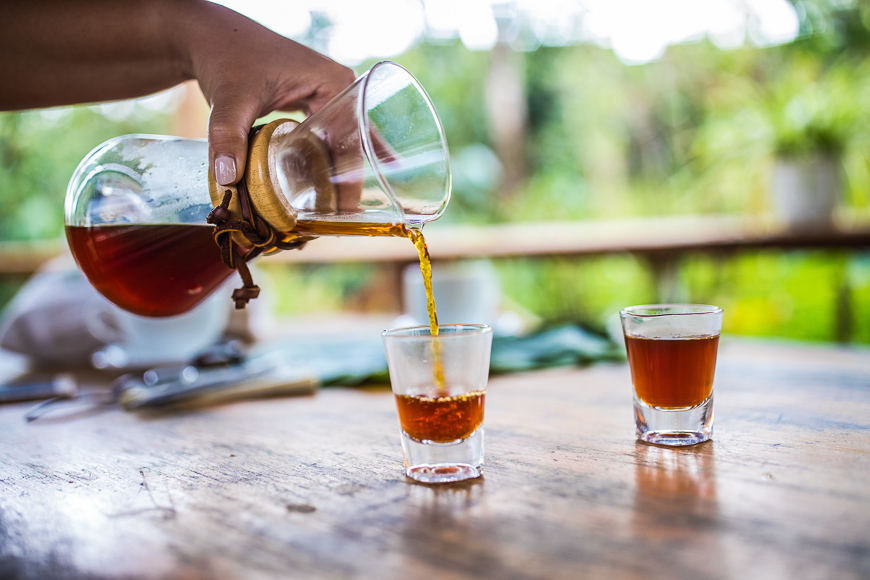
A half-day coffee tour at the K’Ho village farm costs 950,000 VND per person, including lunch. The gift shop and garden cafe are open from 8am to 4pm, Monday to Saturday. To book tours or for more information, Please contact us